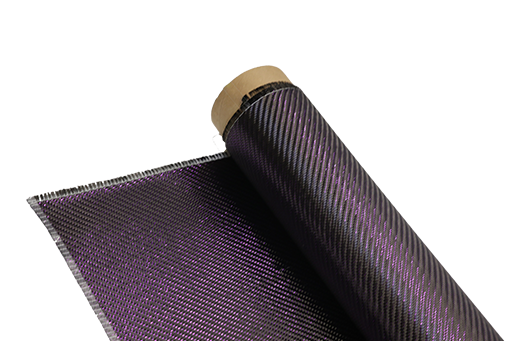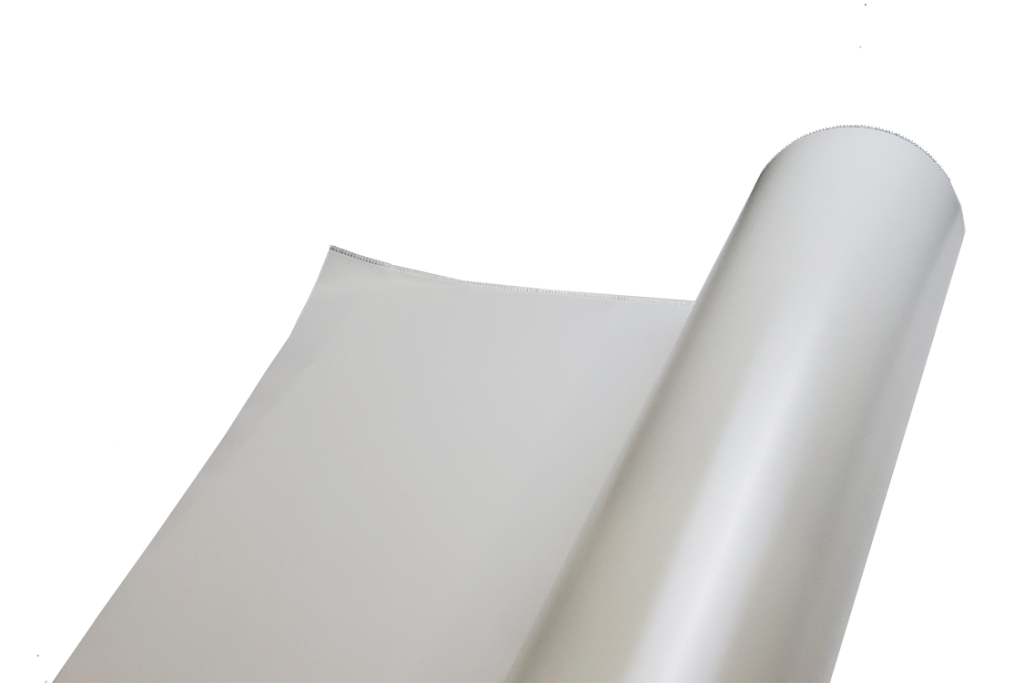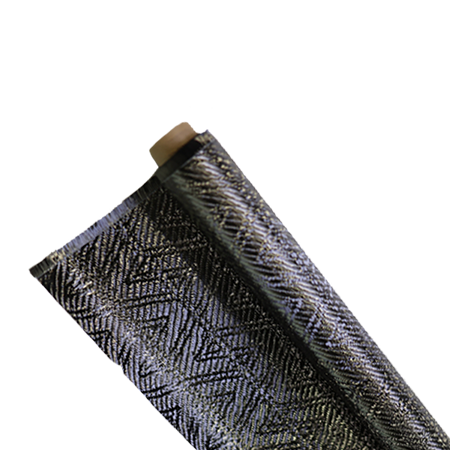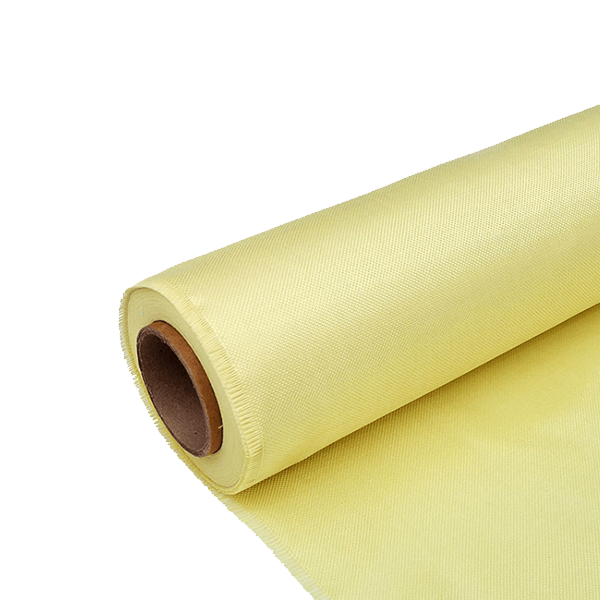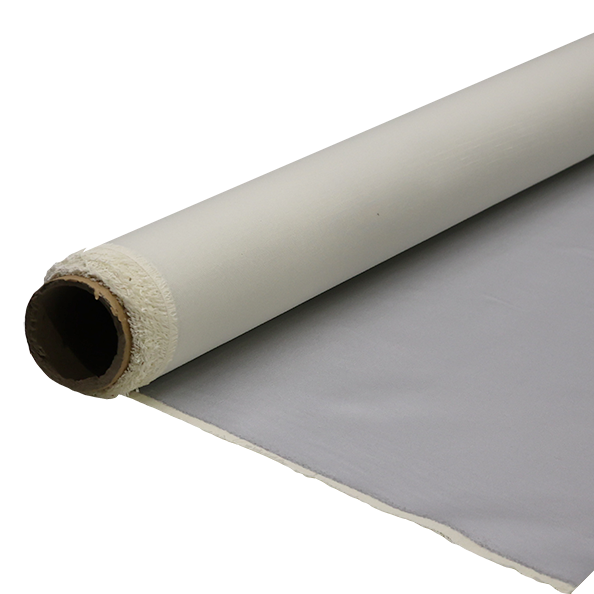Recyclable Fiberglass Gains Approval in Eco Design Circles
-
Table of Contents
“Recyclable Fiberglass: Pioneering Sustainable Innovation in Eco Design.”
Recyclable fiberglass is emerging as a groundbreaking material in eco design circles, gaining recognition for its potential to enhance sustainability in various applications. As environmental concerns continue to drive innovation, the development of recyclable fiberglass offers a solution that combines the durability and versatility of traditional fiberglass with the added benefit of recyclability. This advancement not only addresses the growing demand for eco-friendly materials but also aligns with global efforts to reduce waste and promote circular economy practices. As designers and manufacturers increasingly prioritize sustainable options, recyclable fiberglass is poised to play a pivotal role in shaping the future of eco-conscious design.
Recyclable Fiberglass: A Game Changer in Sustainable Design
In recent years, the push for sustainable materials in design has gained significant momentum, leading to innovative solutions that address environmental concerns. Among these advancements, recyclable fiberglass has emerged as a game changer, capturing the attention of eco-design circles and industry professionals alike. This material, traditionally known for its durability and versatility, is now being recognized for its potential to contribute to a more sustainable future. As the demand for eco-friendly alternatives continues to rise, the approval of recyclable fiberglass marks a pivotal moment in the evolution of sustainable design practices.
Recyclable fiberglass is produced through a process that allows for the recovery and reuse of its components, thereby reducing waste and minimizing the environmental impact associated with traditional fiberglass production. This innovative approach not only conserves resources but also aligns with the principles of a circular economy, where materials are kept in use for as long as possible. By enabling the recycling of fiberglass, designers and manufacturers can significantly decrease the amount of material that ends up in landfills, addressing one of the critical challenges in waste management today.
Moreover, the properties of recyclable fiberglass make it an attractive option for various applications. Its lightweight nature, combined with high strength and resistance to corrosion, allows it to be used in a wide range of products, from construction materials to automotive components. This versatility means that recyclable fiberglass can replace less sustainable materials, thereby reducing the overall carbon footprint of the products in which it is used. As industries seek to meet stricter environmental regulations and consumer demand for sustainable options, the adoption of recyclable fiberglass is likely to increase.
Transitioning to recyclable fiberglass also presents an opportunity for innovation in design. Designers are now challenged to rethink their approaches, considering not only the aesthetic and functional aspects of their creations but also the lifecycle of the materials they choose. This shift encourages collaboration between material scientists, designers, and manufacturers, fostering a culture of creativity that prioritizes sustainability. As a result, new applications for recyclable fiberglass are being explored, leading to groundbreaking products that embody both form and function while adhering to eco-friendly principles.
Furthermore, the approval of recyclable fiberglass in eco-design circles signifies a broader recognition of the importance of sustainable materials in the design process. As more organizations and institutions advocate for environmentally responsible practices, the integration of recyclable fiberglass into mainstream design is becoming increasingly feasible. This growing acceptance is bolstered by advancements in recycling technologies, which enhance the efficiency and effectiveness of fiberglass recovery processes. Consequently, the industry is witnessing a shift towards more sustainable practices, with recyclable fiberglass at the forefront of this movement.
In conclusion, the emergence of recyclable fiberglass as a viable material in sustainable design represents a significant advancement in the quest for eco-friendly solutions. Its ability to be recycled not only reduces waste but also encourages a shift towards a circular economy, where materials are reused and repurposed. As designers and manufacturers embrace this innovative material, they contribute to a more sustainable future, paving the way for a new era in design that prioritizes environmental responsibility. The approval of recyclable fiberglass in eco-design circles is not merely a trend; it is a testament to the potential of sustainable materials to transform industries and inspire a more conscientious approach to design.
The Environmental Impact of Recyclable Fiberglass in Eco-Friendly Products
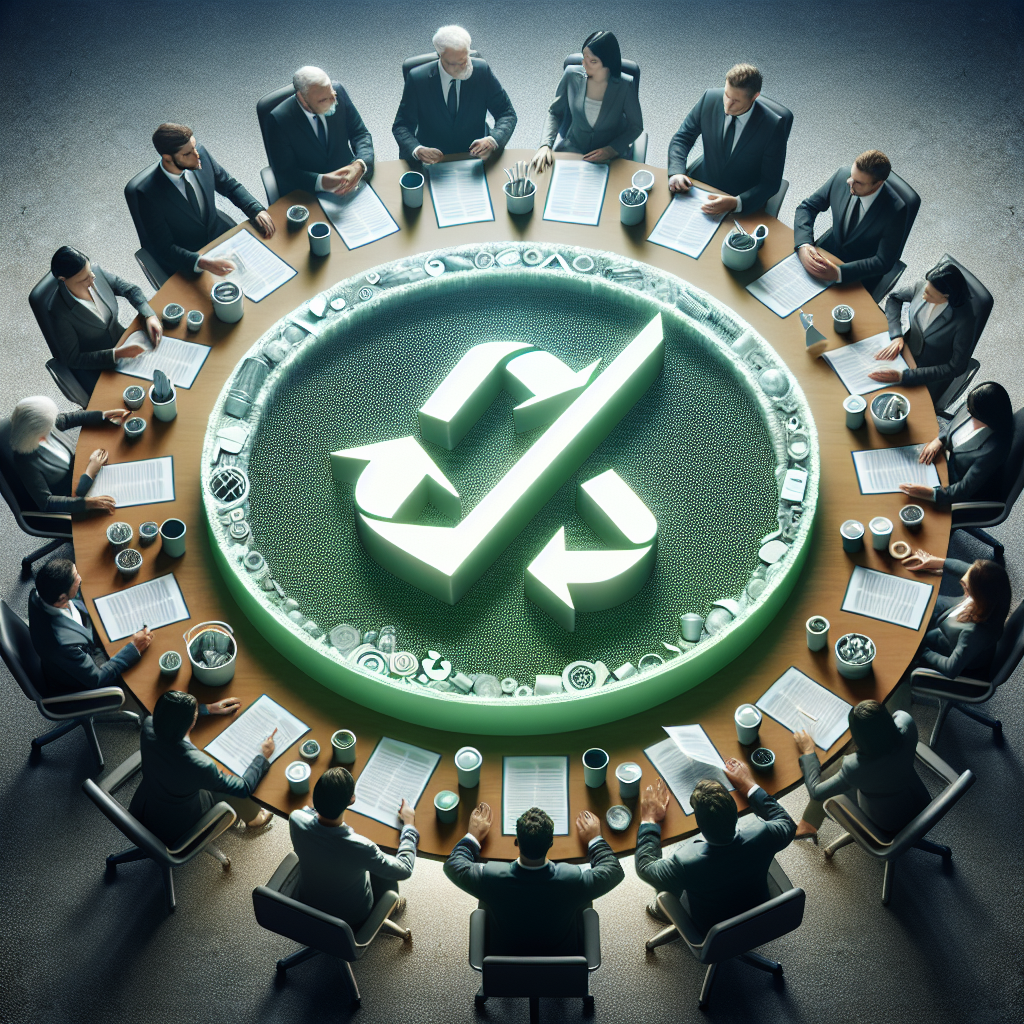
The environmental impact of recyclable fiberglass in eco-friendly products is a topic of increasing significance as industries seek sustainable alternatives to traditional materials. Fiberglass, a composite material made from fine glass fibers, has long been valued for its strength, durability, and lightweight properties. However, its environmental footprint has raised concerns, particularly regarding its disposal and recyclability. Recent advancements in the development of recyclable fiberglass have garnered attention in eco design circles, as they present a promising solution to mitigate the negative effects associated with conventional fiberglass.
To begin with, the production of traditional fiberglass involves energy-intensive processes that contribute to greenhouse gas emissions. The extraction of raw materials, combined with the manufacturing processes, results in a significant carbon footprint. In contrast, recyclable fiberglass offers a more sustainable approach by allowing for the reuse of materials, thereby reducing the demand for virgin resources. This shift not only conserves energy but also minimizes waste, as products made from recyclable fiberglass can be reprocessed at the end of their life cycle, diverting them from landfills.
Moreover, the introduction of recyclable fiberglass aligns with the principles of a circular economy, which emphasizes the importance of designing products with their entire lifecycle in mind. By incorporating recyclable materials into product design, manufacturers can create items that are not only functional but also environmentally responsible. This approach encourages innovation, as designers are challenged to think creatively about how to integrate recyclable fiberglass into various applications, from construction materials to consumer goods. As a result, the potential for reducing environmental impact is substantial, as products can be designed for disassembly and recycling, further extending their usability.
In addition to its recyclability, fiberglass possesses inherent qualities that make it an attractive option for eco-friendly products. Its resistance to corrosion and degradation means that products made from recyclable fiberglass can have a longer lifespan compared to those made from other materials. This durability translates into reduced frequency of replacement, which in turn lessens the overall environmental burden associated with manufacturing and disposal. Furthermore, the lightweight nature of fiberglass contributes to energy savings during transportation, as lighter products require less fuel to move, thereby reducing emissions associated with logistics.
Transitioning to the use of recyclable fiberglass also presents economic opportunities. As industries increasingly prioritize sustainability, there is a growing market demand for eco-friendly products. Companies that adopt recyclable fiberglass can position themselves as leaders in sustainability, appealing to environmentally conscious consumers. This shift not only enhances brand reputation but can also lead to cost savings in the long run, as recycling processes often prove to be more economical than sourcing new materials.
In conclusion, the environmental impact of recyclable fiberglass in eco-friendly products is multifaceted, encompassing benefits that range from reduced carbon emissions to enhanced product longevity. As industries continue to explore sustainable alternatives, the adoption of recyclable fiberglass represents a significant step toward minimizing ecological footprints. By embracing this innovative material, manufacturers can contribute to a more sustainable future while meeting the growing demand for environmentally responsible products. Ultimately, the integration of recyclable fiberglass into various applications not only supports the principles of a circular economy but also fosters a culture of sustainability that is essential for addressing the pressing environmental challenges of our time.
Innovations in Recyclable Fiberglass: Trends in Eco Design Approvals
In recent years, the push for sustainable materials in design and construction has gained significant momentum, leading to innovative solutions that align with environmental goals. Among these advancements, recyclable fiberglass has emerged as a noteworthy contender, capturing the attention of eco design circles. This material, traditionally known for its durability and versatility, is now being recognized for its potential to contribute to a circular economy. As designers and architects increasingly prioritize sustainability, the approval of recyclable fiberglass in various applications marks a pivotal shift in material selection.
The journey of recyclable fiberglass began with a growing awareness of the environmental impact of traditional fiberglass production and disposal. Conventional fiberglass, while effective in numerous applications, often ends up in landfills, contributing to waste and pollution. In response to this challenge, researchers and manufacturers have focused on developing fiberglass that can be recycled at the end of its life cycle. This innovation not only addresses waste management concerns but also reduces the demand for virgin materials, thereby minimizing the carbon footprint associated with production.
As the design community embraces this shift, several trends have emerged that highlight the increasing acceptance of recyclable fiberglass. One notable trend is the integration of this material into architectural designs, where its lightweight and robust properties are leveraged to create sustainable structures. Architects are now incorporating recyclable fiberglass into facades, roofing systems, and interior elements, allowing for aesthetically pleasing designs that do not compromise on environmental responsibility. This integration is further supported by advancements in manufacturing processes that enhance the recyclability of fiberglass, making it a more attractive option for eco-conscious designers.
Moreover, the approval of recyclable fiberglass in eco design circles is bolstered by a growing body of research that underscores its performance characteristics. Studies have demonstrated that recyclable fiberglass can maintain the same level of strength and durability as its non-recyclable counterparts, making it a viable option for a wide range of applications. This performance parity is crucial, as it alleviates concerns about compromising quality for sustainability. Consequently, designers are increasingly confident in specifying recyclable fiberglass for projects, knowing that they can achieve both functional and environmental objectives.
In addition to architectural applications, the use of recyclable fiberglass is expanding into other sectors, such as automotive and consumer goods. Manufacturers are exploring ways to incorporate this material into vehicle components and everyday products, further promoting a culture of sustainability across industries. This diversification not only enhances the marketability of recyclable fiberglass but also encourages collaboration among stakeholders, including designers, manufacturers, and recyclers, to create a more cohesive approach to sustainable material use.
As the trend toward recyclable fiberglass continues to gain traction, it is essential for industry professionals to stay informed about the latest developments and best practices. Engaging in discussions about material innovations and sharing knowledge within eco design circles can foster a collaborative environment that accelerates the adoption of sustainable materials. Ultimately, the approval of recyclable fiberglass represents a significant step forward in the quest for environmentally responsible design solutions. By embracing this innovative material, designers and architects can contribute to a more sustainable future while meeting the demands of modern construction and design. As the industry evolves, the potential for recyclable fiberglass to play a central role in eco design will undoubtedly expand, paving the way for a greener tomorrow.
Q&A
1. **What is recyclable fiberglass?**
Recyclable fiberglass is a type of fiberglass that can be processed and reused after its initial lifecycle, reducing waste and environmental impact.
2. **Why has recyclable fiberglass gained approval in eco design circles?**
It has gained approval due to its potential to minimize landfill waste, lower carbon emissions, and promote sustainable building practices by allowing for the reuse of materials.
3. **What are the applications of recyclable fiberglass in eco design?**
Recyclable fiberglass can be used in various applications, including construction materials, automotive parts, and consumer products, contributing to more sustainable design solutions.Recyclable fiberglass has gained significant approval in eco design circles due to its sustainable properties, reduced environmental impact, and potential for circular economy applications. This innovation not only addresses the challenges of traditional fiberglass waste but also aligns with the growing demand for eco-friendly materials in various industries. As designers and manufacturers increasingly prioritize sustainability, recyclable fiberglass is poised to play a crucial role in advancing environmentally responsible practices and products.

